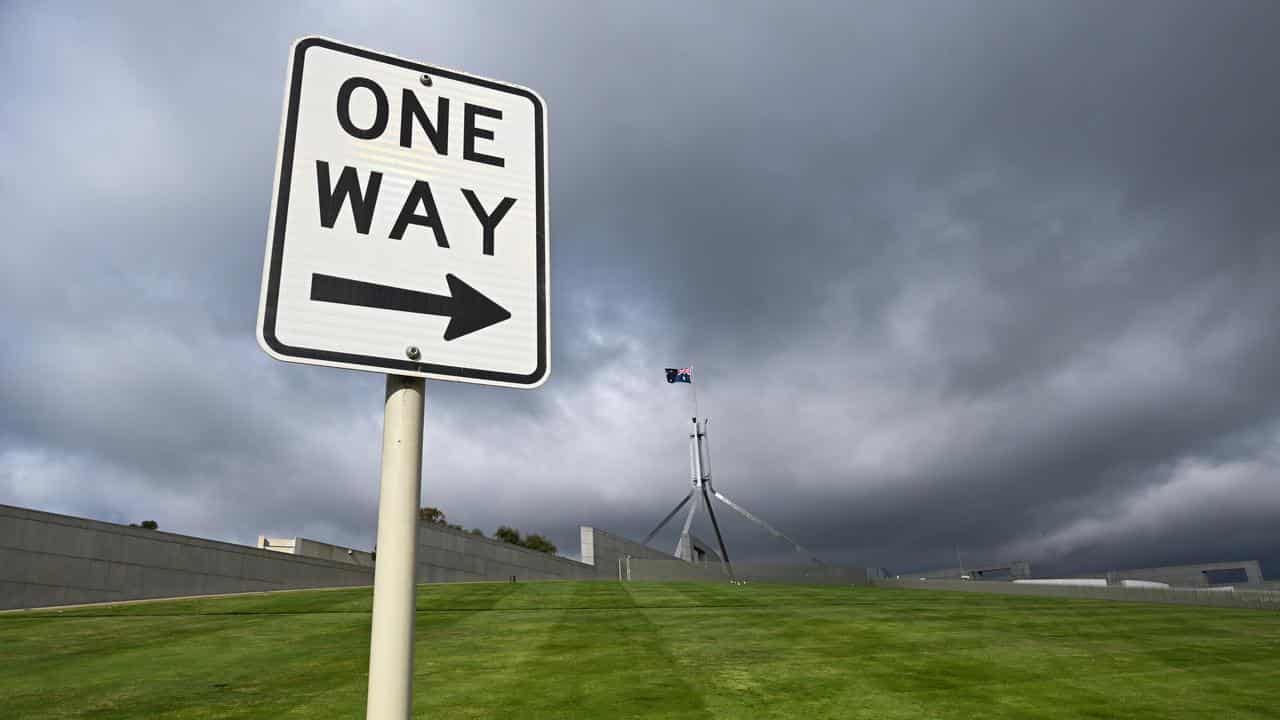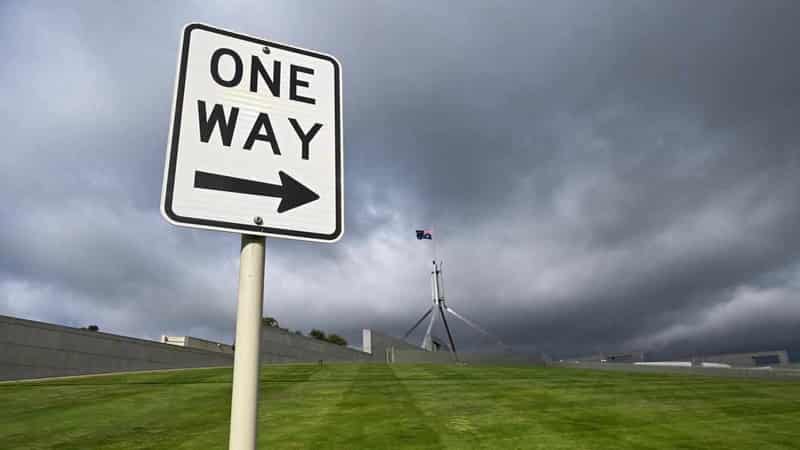
Big investors are pushing the federal government for detailed climate plans so Australian industries do not miss out on vital finance to go green.
Industries will proceed at different speeds and each needs an investment-grade plan that allocates their portion of the nation's emissions budget, according to a discussion paper released on Thursday by the Investor Group on Climate Change (IGCC).
Consultation by the grouping, which includes the nation's largest superannuation funds and specialist investors, found industry sector plans are the highest policy priority for attracting energy transition capital to Australia.
Government officials are examining how far various sectors could go in decarbonising over the next decade or so, before federal Labor commits to a do-able emissions reduction target for 2035.
But investors say the federal plans under development must be "actionable", which means deeply practical and providing clear signals on where to invest and what assets to avoid.
IGCC chief executive Rebecca Mikula-Wright said credible plans will involve hard decisions, but are pivotal to investor confidence.
She said the sectoral plans will be a key element of Australia's response to the substantial clean energy subsidies available in the United States, European Union and Canada.
"Subsidies are no substitute for long-term policy plans and stability," she said.
Brett Chatfield, chief investment officer at Cbus Super, said their members build and maintain Australia, and the energy transition will impact many of them and their communities.
He said sector plans should improve planning across communities, governments and the economy, and include the development of local skills for new industries.
Dave Neal, CEO of global investment company IFM Investors, said he hoped the IGCC report helps to accelerate the net-zero transition.
"Addressing the big systemic challenges facing economies and communities, such as climate change, requires collaboration across the investment community, the private sector and with governments," he said.
The report said the "urgent need" for economy-wide decarbonisation meant pathways would not be perfectly informed.
Sector plans should be updated every five years, to adjust to new technology and climate change, IGCC recommended.
It will be more straightforward for some of the biggest emissions sources, such as switching from petrol and diesel to electric cars or from coal to solar and wind-powered electricity generation.
This could allow more time to develop new technology for other areas where alternatives are not yet commercially viable, the report said.
The Climate Change Authority has been ordered by parliament to map the technology and emissions reduction pathways for six crucial sectors, to best support Australia's transition to net zero by 2050.
These sectors are electricity and energy; transport; industry and waste; agriculture and land; the resources industry; and the so-called built environment that people live and work in.
The authority's review of sectoral pathways is due by August 2024.









